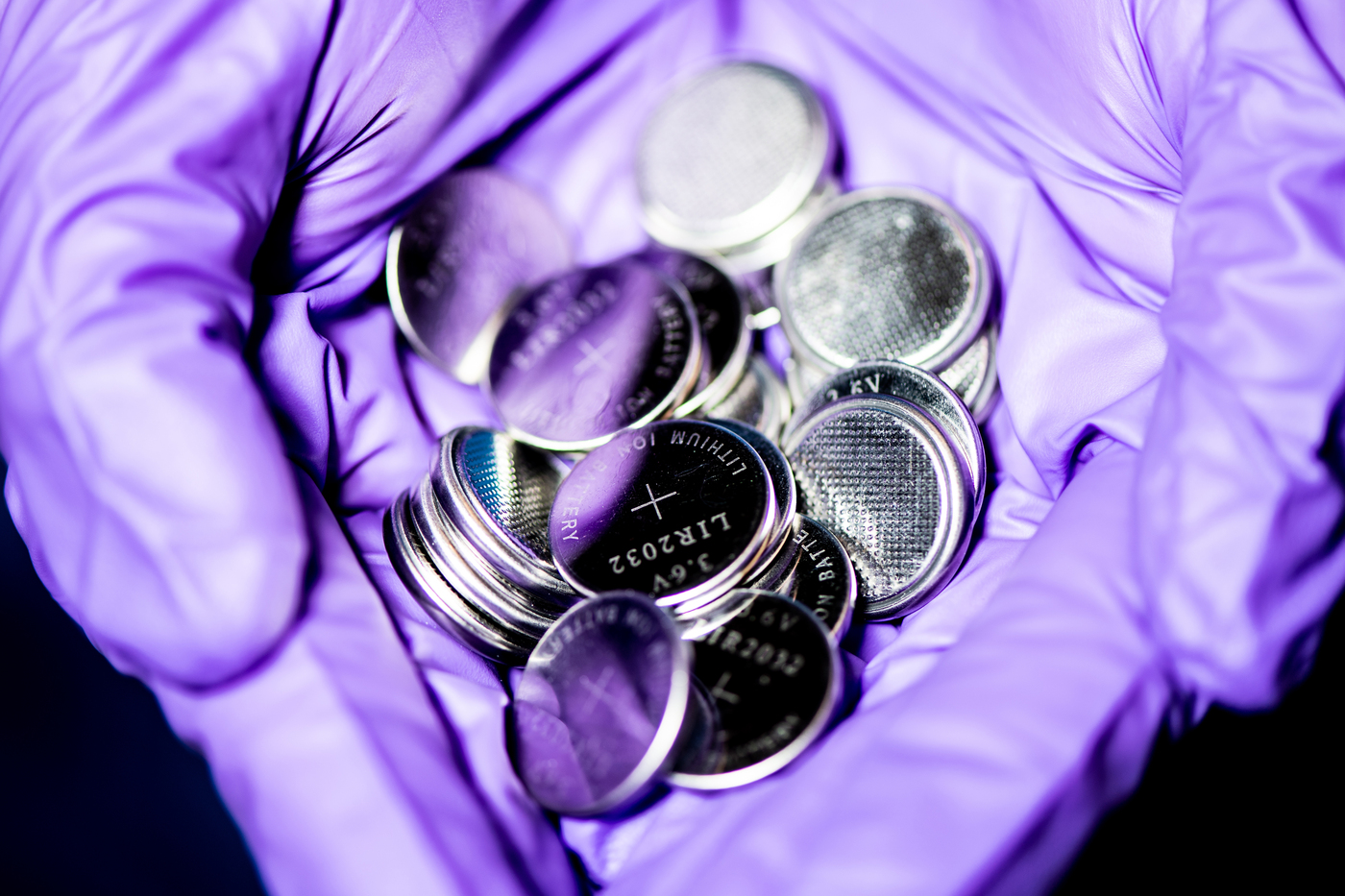Ever wondered what goes on inside the battery of your iPhone—how it stays charged for as long as it does and, conversely, why it suddenly dies in the middle of that important phone call?
Researchers at Northeastern, led by physicist Arun Bansil, have been curious for years. And even though a lot is known about how atomic and subatomic particles inside lithium-ion batteries—among the most common battery types used worldwide—behave, such behavior is hard to see, or visualize.
And having a picture of the inner workings of these lithium-rich batteries not only helps scientists understand what’s actually going on at the sub-atomic level, but it may lead to improvements of the materials used in batteries, and better designs for future battery technologies. As it is the case that modern technological society is becoming less reliant on gasoline-based fuel and, in turn, more dependent on battery power, the demand for cheaper, safer and more efficient batteries has never been higher.
“That has been a real challenge in the field,” said Bansil, the self-described “battery doctor.” “What we have done here, in simple terms, is that we are able to image the working battery to actually see what’s going on inside it. Literally—it’s about seeing what’s happening with the different orbitals in the cathode, what happens when they’re charged, what happens when they are discharged.”

